Upload Flat File in Sap Analysis for Office
Many organizations employ SAP ERP and SAP Business organization Warehouse systems for business analytics on transactional information loaded from many different types of source systems. They also utilize apartment file (e.g. .CSV format) sources for uploading transactional data into their data warehousing systems. Typically, the loaded data is further processed, apple-pie, and consumed in upstream systems with boosted business logic. The flat file data loads are typically automated by utilizing the procedure chain (PC) functionality. The procedure concatenation picks up the flat file from the designated AL11 directory and delivers it via InfoPackage for further upstream processing into BW layers. The BW PC processes i flat file at a fourth dimension; however, during the financial close process or any other fourth dimension-sensitive cycle, there could be multiple flat files containing transactional information from different business units or segments that need to be processed at regular and frequent intervals. This is easily achieved past scheduling procedure chains at the pre-defined frequency, eastward.thousand. every xxx minutes. This works just fine as long as the flat file is nowadays and ready to be processed in the designated AL11 directory. When they are not bachelor for processing, the InfoPackage fails if not handled with an appropriate solution. This creates a failed empty asking in the persistent staging surface area (PSA) layer. This situation could potentially create hundreds of failed process chain instances and failed requests in the PSA layer during a typical fiscal flow. This post will explore a artistic solution to address this challenge past utilizing a combination of existing SAP BW toolsets forth with a bit of customization. The main claiming is to explore and identify a solution that meets the post-obit criteria: SAP provides a rich framework of toolsets inside the SAP BW arrangement that can be deployed to build a robust solution for a seamless user experience. The toolset includes procedure chains, function modules, tables (both standard and custom), and InfoPackages that incorporate an ABAP exit routine (shown below). This routine is executed while loading flat files to the PSA layer. Information technology tin can also access BW objects which can be used for functional validations and temporary storage of flags or variable values. Before getting started, there are a few assumptions that we worked with: Annotation: While this solution was developed on an SAP BW system, it is applicable to SAP BW/4HANA systems as well with some modification. For case, the PSA layer is not available in SAP BW/4HANA. Follow these steps to create the workaround. Hither are the results that nosotros come up with subsequently performing the configuration. Organizations utilizing SAP Business Warehouse nearly frequently use flat files for uploading a multifariousness of transactional business concern data into their SAP BW systems. The flat files are processed by running a procedure chain which inherently processes 1 flat file at a fourth dimension. When at that place are no apartment files present in the AL11 directory to exist processed, the BW InfoPackage fails and creates an empty asking in PSA. A number of failures and empty requests created in PSA could soon spiral out of command. This post presented a solution to address this challenge past utilizing InfoPackage routines in a creative mode. In this approach, the routine sets a flag in a custom table to highlight whether it candy a existent flat file or a dummy flat file. A custom determination process within the process concatenation checks this flag using a custom class and method. If indeed a dummy file was processed, the process chain ends the execution gracefully after purging erroneous PSA requests. Cheers to Rajesh Hemnani, Snehal Mehare, and Venka Reddy Buchi for their assistance with this post.The Challenge
Solution
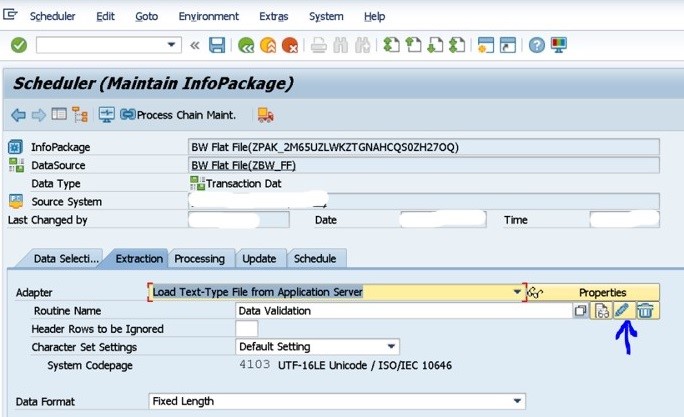 Assumptions
Assumptions

Workaround Steps

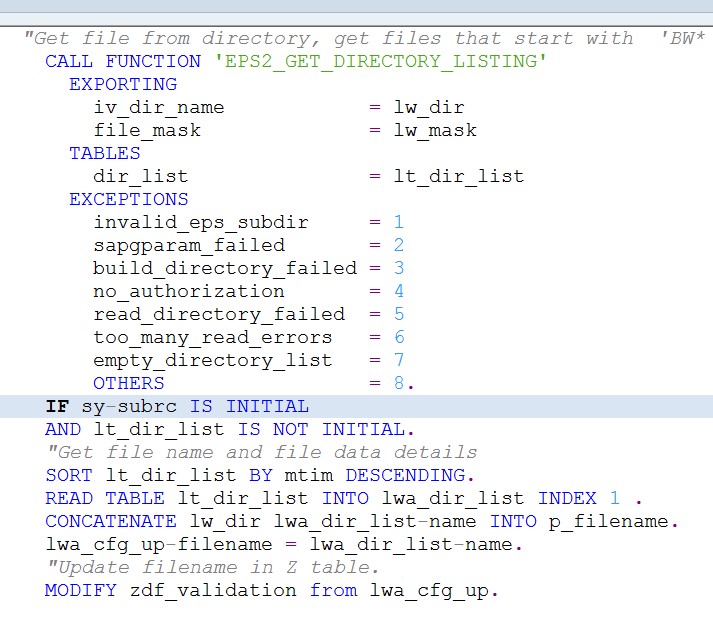
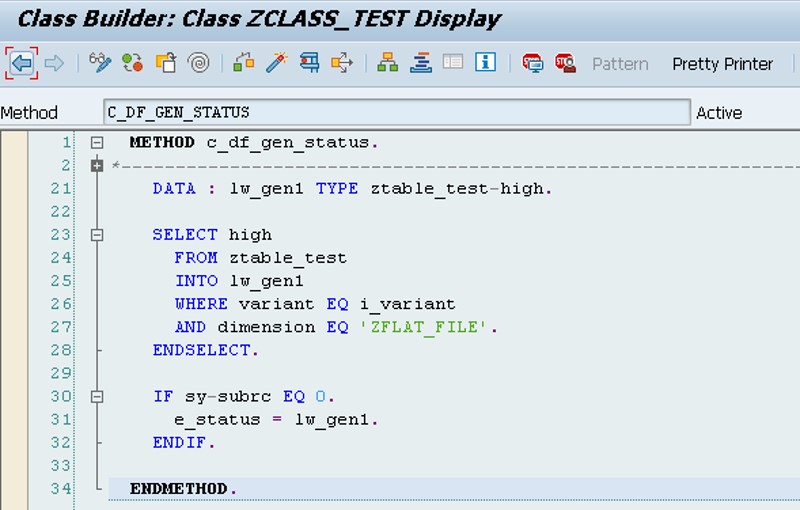
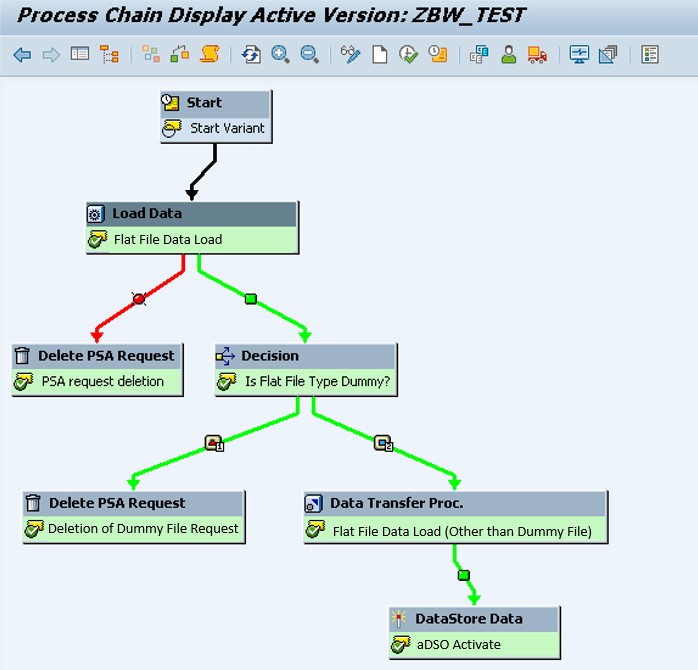
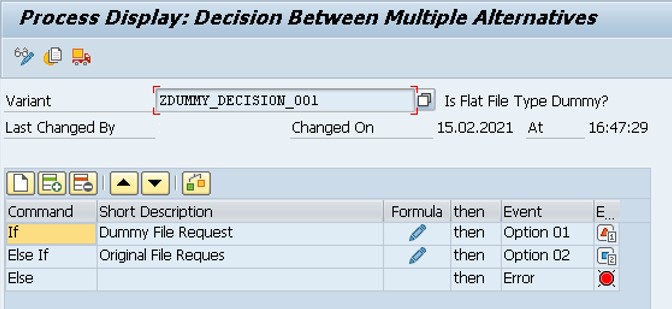
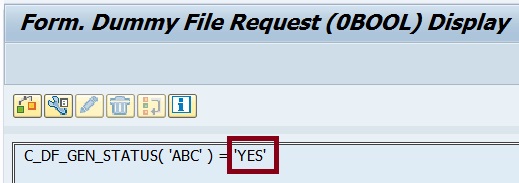
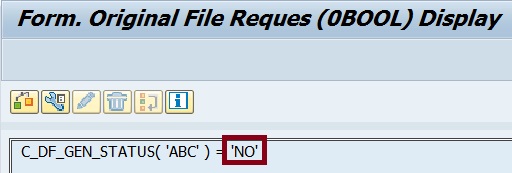
Results

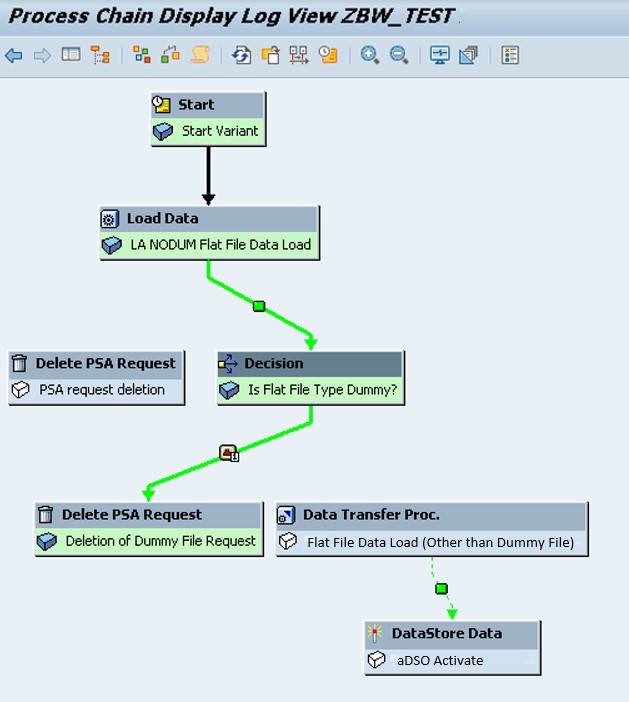

Conclusion
Source: https://blog.sap-press.com/how-to-work-around-sap-bw-flat-file-data-load-infopackage-failures
0 Response to "Upload Flat File in Sap Analysis for Office"
Post a Comment